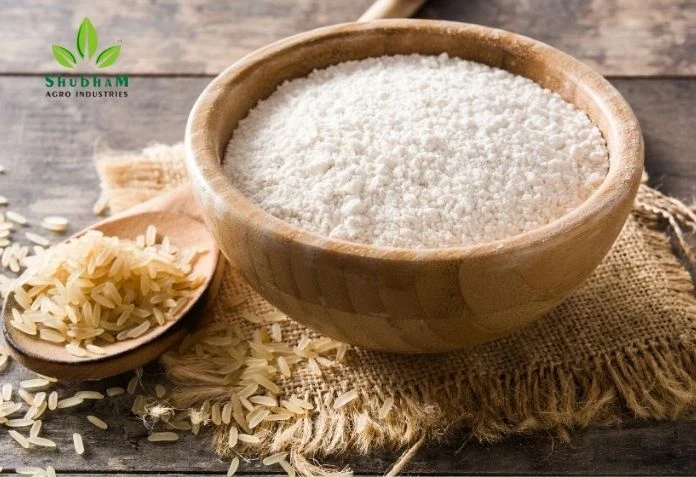Introduction:
In the dynamic world of culinary exploration, Rice Flour emerges as a hidden gem, offering a multitude of applications that extend far beyond its traditional uses. Derived from ground rice, this gluten-free alternative has carved a niche for itself in kitchens worldwide. In this exploration, we’ll dive into the versatile realm of rice flour, discovering its diverse applications and how it can transform your cooking experiences.
1. Gluten-Free Baking Brilliance
At the forefront of rice flour’s culinary prowess is its role as a gluten-free baking champion. As a wheat flour substitute, it opens doors to a world of delectable treats – from the classic chocolate chip cookies to intricate layer cakes. Its ability to impart a light and tender crumb without the heaviness of gluten makes it a favourite among those with gluten sensitivities, proving that one can savour the joy of baking without compromise.
2. Asian Culinary Traditions
Rice flour’s roots in Asian cuisine run deep, contributing to the creation of iconic dishes across the continent. In Southeast Asia, it forms the backbone of delicate rice noodles and the thin wrappers of spring rolls. In India, it takes center stage in the preparation of dosa and idli, unleashing a spectrum of flavours and textures. The versatility of rice flour makes it an indispensable ingredient, bridging the gap between sweet and savoury in Asian culinary traditions.
3. The Art of Thickening
Venturing beyond its role in baking, rice flour steps into the limelight as a superb thickening agent. It’s fine texture ensures a smooth, lump-free consistency when added to soups, stews, and sauces. Unlike some other thickeners, rice flour remains neutral in flavour, letting the essence of the dish shine through. This makes it an invaluable tool for achieving the desired thickness without compromising the integrity of the flavours.
4. Crispy Delights: Gluten-Free Frying
For those craving the satisfying crunch of fried delights but steering clear of gluten, rice flour takes the lead. It’s fine particles create a light and crispy coating, turning the likes of fried chicken, vegetables, or seafood into gluten-free indulgences. The absence of gluten ensures that the exterior remains delicate and crunchy, providing a satisfying texture that rivals traditional frying methods.
5. Wheat Flour Substitute in Cooking
Rice flour isn’t just a niche ingredient; it’s a versatile substitute for wheat flour in various cooking applications. From dusting surfaces to prevent sticking to forming the base for a gluten-free roux in savoury dishes, its neutral taste plays well with a spectrum of ingredients. This adaptability allows chefs and home cooks alike to experiment freely while accommodating dietary preferences or restrictions.
6. Rise and Shine: Gluten-Free Pancakes and Waffles
Elevate your breakfast experience by incorporating rice flour into your pancake and waffle recipes. The result? Fluffy, light breakfast delights that stand toe-to-toe with their wheat-based counterparts. Rice flour brings its unique texture to the morning table, offering a gluten-free option that satisfies the palate and transforms the most important meal of the day into a culinary adventure.
Conclusion
In conclusion, rice flour emerges as a culinary chameleon, seamlessly adapting to various cooking scenarios and expanding the possibilities in the kitchen. Whether you’re navigating the realm of gluten-free baking, exploring the rich tapestry of Asian cuisine, or seeking a reliable thickening agent, rice flour proves to be an indispensable ally. So, as you embark on your culinary journey, consider the transformative power of rice flour — a humble ingredient with the potential to elevate your dishes to new heights.























